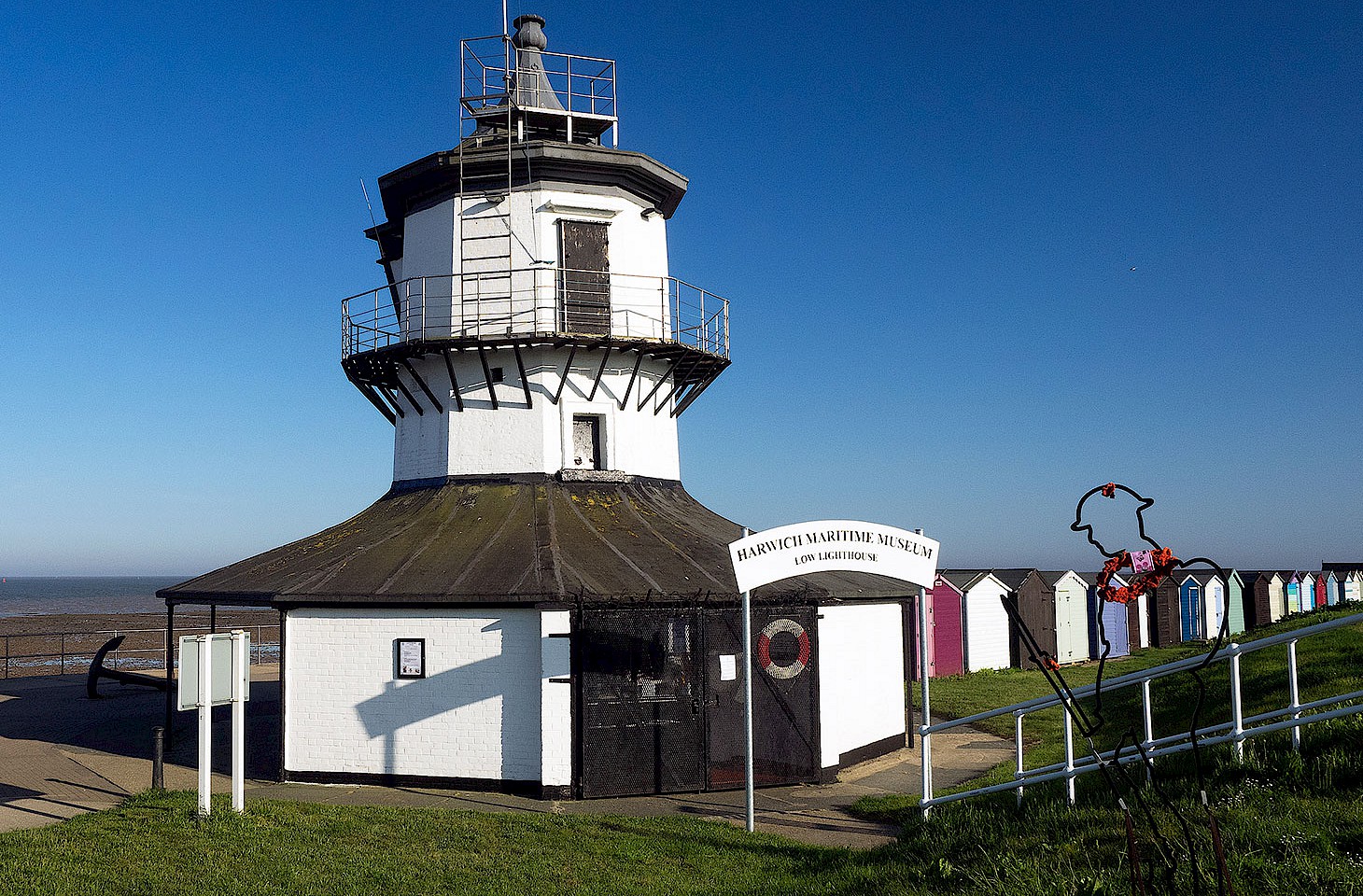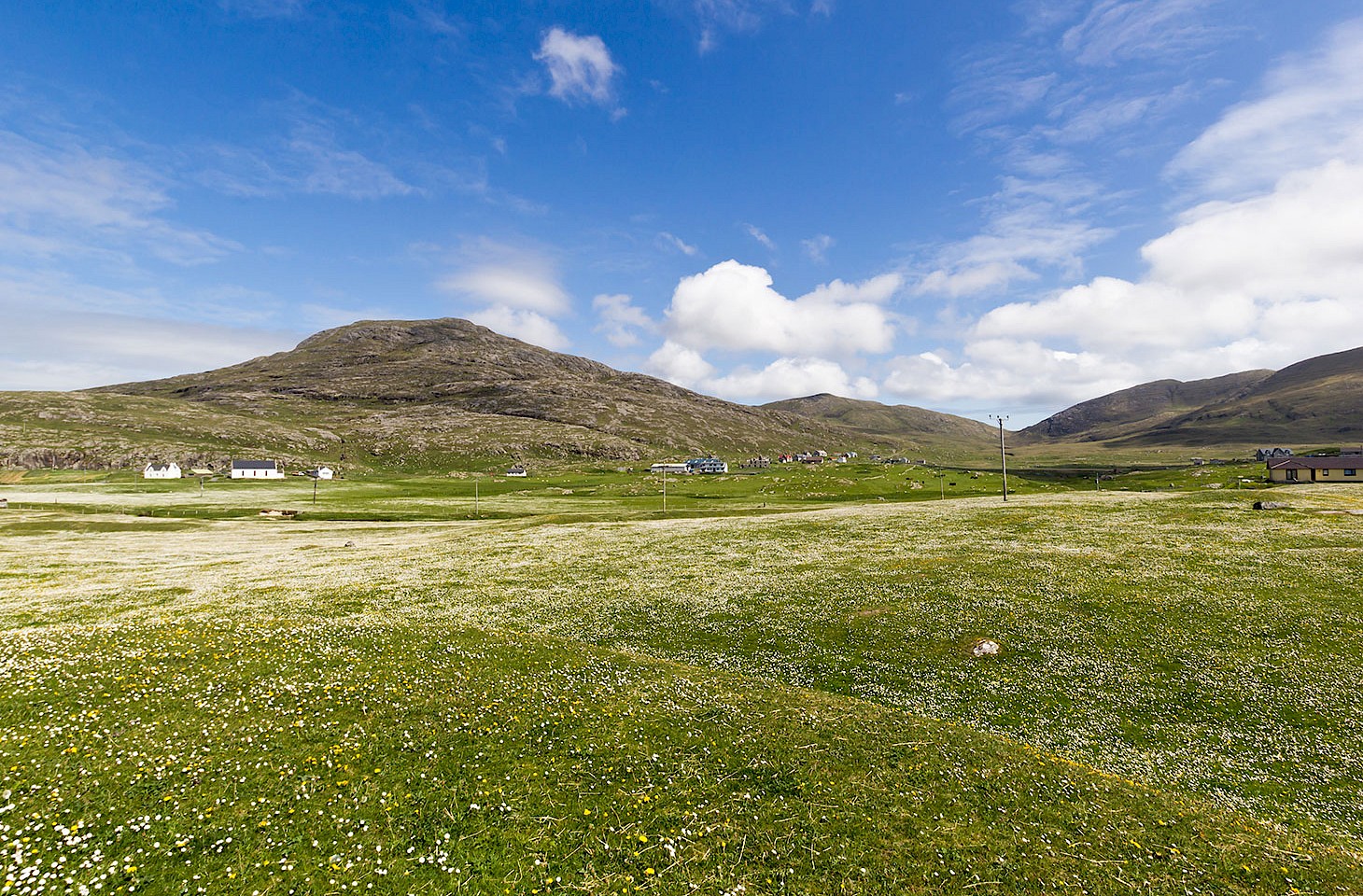Dear fellow travellers
All England was abuzz with speculation. There was scarcely an educated person in the land who was not following the debate. Charles Darwin’s treatise On the Origin of Species had been published in November 1859, sparking a lively national conversation about Darwin’s theory of evolution. By spring 1860, the mood reached fever pitch. This wasn’t simply a case of Christian creationists versus those in the science and evolution camp. There were plenty of churchgoers who were happy to embrace the Darwinian notion of evolution as clear evidence of God’s design.
The British Association for the Advancement of Science had its annual meeting in Oxford in late June, and on Saturday 30 June the intelligentsia gathered in the university city to hear churchmen and scientists discuss the pros and cons of Darwin’s ideas. The Oxford debate is most remembered for Bishop Samuel Wilberforce interrogating biologist Thomas Huxley.
There’s no reliable record of the Oxford discussion but the bishop is said to have asked: “So, Mr Huxley, you believe you are descended from a monkey. Is that through the paternal or maternal line?”
The British Association for the Advancement of Science had its annual meeting in Oxford in late June, and on Saturday 30 June the intelligentsia gathered in the university city to hear churchmen and scientists discuss the pros and cons of Darwin’s ideas.
Or words to that effect.
Charles Darwin didn’t actually attend the Oxford debate on 30 June 1860. But plenty of his supporters did, among them the distinguished geologist Charles Lyell. It was Lyell who had introduced Darwin to John Murray, the publisher of On the Origin of Species. The book ran to many editions, securing handsome dividends for both publisher and author.
The Murray connection
John Murray III presided over the affairs of the family publishing house in Lyell and Darwin’s day. As Europe opened up to British travellers after the Napoleonic Wars, the Murray family were quick to exploit new market opportunities. Byron’s long exile, ending in his premature death in Greece in 1824, produced a wealth of material. Murray published Bryon’s Don Juan epic parody. The quixotic poet was perhaps not the easiest author to deal with. He made it clear to his London publisher that he would brook no editorial meddling with his words.
John Murray III led the company’s hugely successful expansion into travel publishing, also fostering scientific writing inspired by travels. So Lyell and Darwin fell comfortably into the Murray portfolio. The development of a new understanding of geological history and evolutionary biology in early Victorian Britain was intimately linked to travel. Darwin of course had spent 57 months on the Beagle, the greater part of that long voyage in the waters around South America. The Scottish lawyer-turned-geologist Charles Lyell travelled extensively around Britain, the Alps and North America, publishing many books with Murray – including a tremendous account of his travels in North America.
As scientists and men of letters ventured forth (and they were almost all men in those days), so too did the general public. Lyell’s ideas about the gradual evolution of landscape were challenging creationist thinking long before Murray published Darwin’s treatise On the Origin of Species. The first edition of Lyell’s Principles of Geology was published by Murray in 1830, moving quickly through multiple editions. By the middle of the century, many more people in England were on the move, taking advantage of the new travel opportunities conferred by the railways. Many knew Lyell’s theories and travellers could see with their own eyes the geological strata exposed in railway cuttings, even in the gentle landscapes of southern England. Here was visual evidence of millions of years of geological history, with fossils attesting to ancient life. Never was there so conspicuous a case of travel broadening the mind.
By the time of the Oxford debate, 160 years ago this week, the public mood was moving in Darwin’s favour. But Samuel Wilberforce was one of the most powerful orators of the day, and the Oxford debate vividly captured a perceived conflict between science and religion. When we were last in Oxford, we noted that a memorial plinth now stands outside the Oxford University Museum of Natural History, where the great debate on evolution took place.
Nicky Gardner and Susanne Kries
(editors, hidden europe magazine)




